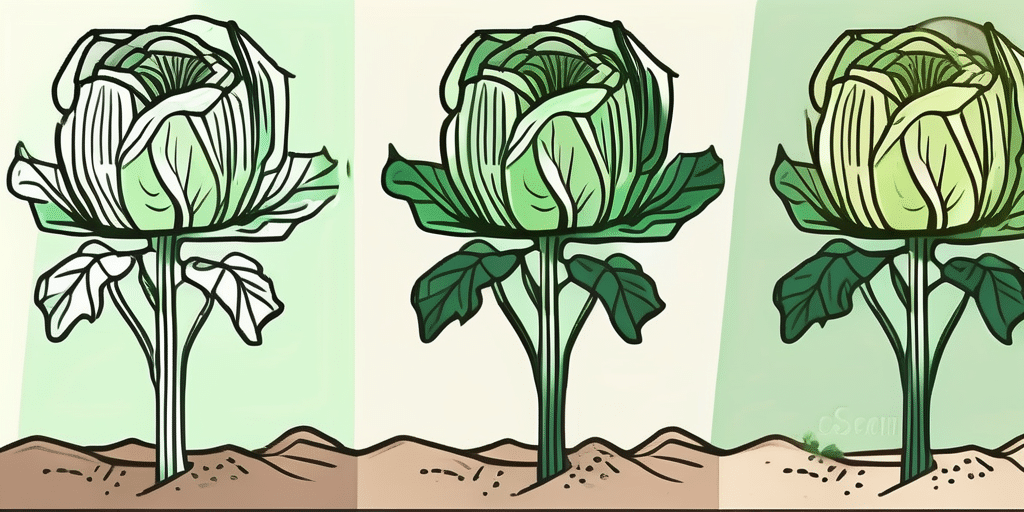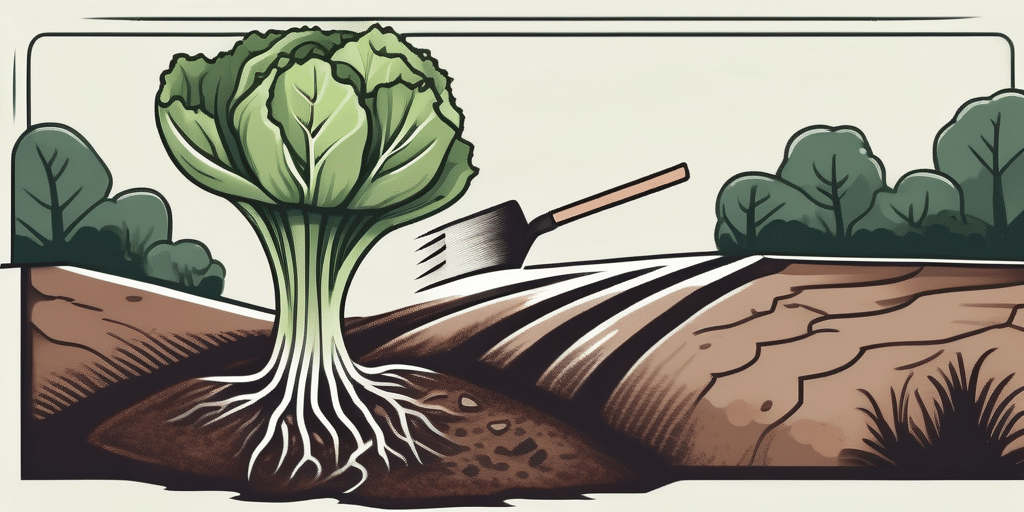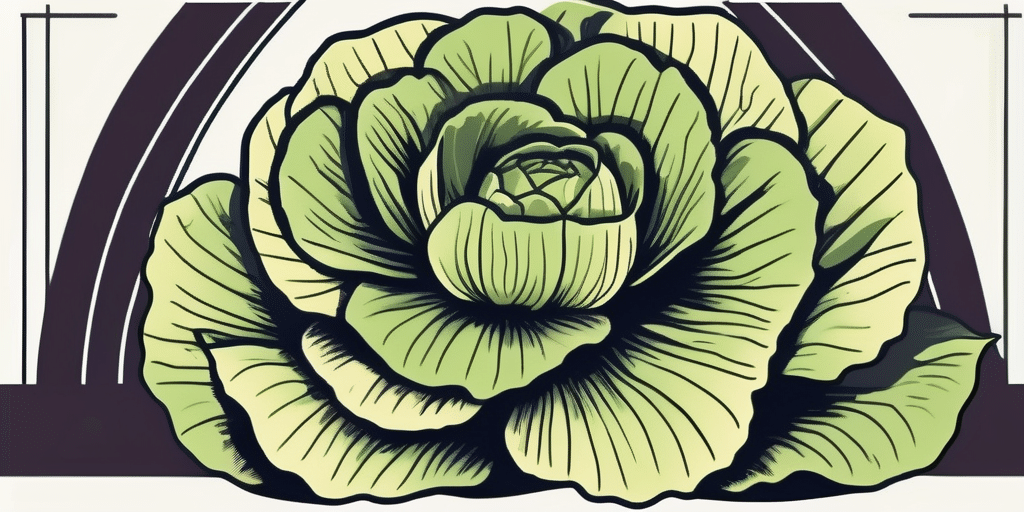Red cabbage, also known as purple cabbage, is a vibrant and flavorful vegetable that is a staple in many dishes worldwide. It’s not only delicious but also packed with nutrients like vitamins C and K. But to grow a healthy and productive red cabbage plant, proper fertilization is key. In this guide, we’ll explore the best practices for fertilizing red cabbage, from the type of fertilizer to use to the timing and application methods.
Understanding the Nutrient Needs of Red Cabbage
Like all plants, red cabbage requires certain nutrients to thrive. These include macronutrients like nitrogen (N), phosphorus (P), and potassium (K), as well as micronutrients such as calcium, magnesium, and sulfur. Understanding these needs is the first step towards effective fertilization.
Nitrogen is particularly important for leafy vegetables like red cabbage, as it promotes leaf growth and gives the plant its vibrant green color. Phosphorus, on the other hand, aids in root development and helps the plant resist disease. Potassium is crucial for overall plant health, contributing to various physiological processes.
According to the USDA, a balanced fertilizer with an N-P-K ratio of 14-14-14 is generally suitable for red cabbage. However, soil testing is recommended to determine the exact nutrient needs of your soil.
Choosing the Right Fertilizer
There are many types of fertilizers available on the market, each with its own advantages and disadvantages. The right choice depends on your soil’s nutrient levels, your budget, and your personal preferences.
Synthetic fertilizers are a popular choice due to their high nutrient content and immediate availability to plants. However, they can be harsh on the environment and may lead to nutrient imbalances if used excessively.
Organic fertilizers, such as compost or manure, are a more environmentally friendly option. They release nutrients slowly, reducing the risk of over-fertilization. They also improve soil structure and promote beneficial soil organisms. However, they typically have a lower nutrient content than synthetic fertilizers and may take longer to show results.
Compost
Compost is a great choice for fertilizing red cabbage. It’s rich in nutrients, improves soil structure, and can be made at home from kitchen scraps and yard waste. According to the National Agricultural Library, compost can provide all the necessary nutrients for red cabbage if applied correctly.
Manure
Manure, particularly from poultry or cows, is another excellent organic fertilizer. It’s high in nitrogen, which is beneficial for leafy vegetables like red cabbage. However, it should be well-rotted before use to avoid burning the plants or introducing pathogens.
How to Fertilize Red Cabbage
Now that we’ve covered the basics of red cabbage nutrition and fertilizer selection, let’s move on to the actual process of fertilizing. Here’s a step-by-step guide:
- Test your soil: Before you start fertilizing, it’s important to know what nutrients your soil is lacking. You can do this by sending a soil sample to a local extension service or using a home soil test kit.
- Choose your fertilizer: Based on your soil test results, choose a fertilizer that meets your soil’s nutrient needs. Remember, a balanced 14-14-14 fertilizer is usually a good choice for red cabbage.
- Apply the fertilizer: Spread the fertilizer evenly around the base of the plant, avoiding direct contact with the leaves. Follow the manufacturer’s instructions for the correct amount.
- Water well: After applying the fertilizer, water the plant thoroughly. This helps the nutrients penetrate the soil and reach the plant’s roots.
Keep in mind that over-fertilization can be as harmful as under-fertilization. Always follow the recommended application rates and avoid applying fertilizer when the soil is dry or the plant is stressed.
When to Fertilize Red Cabbage
The timing of fertilization is another important factor to consider. Red cabbage should be fertilized at planting time and again midway through the growing season.
At planting time, apply a starter fertilizer to give the plants a nutrient boost and help them establish strong roots. Midway through the growing season, apply a nitrogen-rich fertilizer to promote leaf growth and color.
Remember, the exact timing may vary depending on your local climate and growing conditions. Always monitor your plants closely for signs of nutrient deficiencies, such as yellowing leaves or stunted growth, and adjust your fertilization schedule as needed.
Conclusion
Fertilizing red cabbage may seem complicated, but with a little knowledge and practice, it can be a straightforward process. By understanding the nutrient needs of red cabbage, choosing the right fertilizer, and applying it correctly and at the right time, you can grow healthy and productive red cabbage plants.
Remember, every garden is unique, and what works for one may not work for another. Don’t be afraid to experiment and learn from your experiences. Happy gardening!
Join Our Green-Thumbed Community!
Ready to take your red cabbage—and your entire garden—to the next level? Subscribe for free to How to Grow Everything and learn how to build the garden of your dreams! Receive personalized gardening advice tailored to your grow zone, experience, and interests. Enjoy the best gardening tips, special offers, and deals delivered straight to your inbox, all 100% free. From our family to yours, let’s grow together. No spam, just growth. Subscribe now and join a community passionate about gardening!





